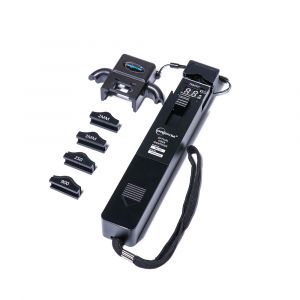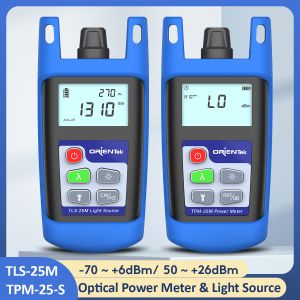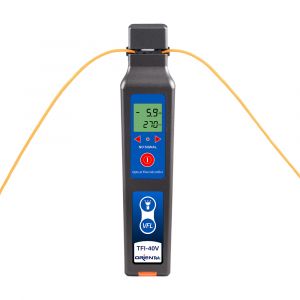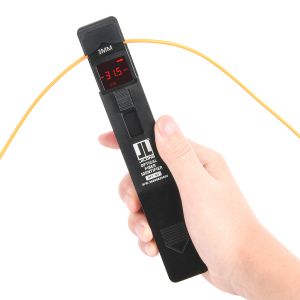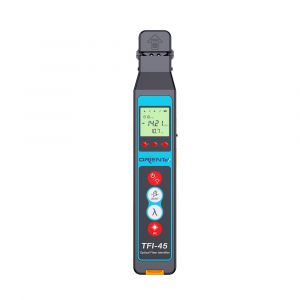Optical fiber identifiers are designed to non-invasively identify continuous-wave signals in fiber optic cables. They are low cost, hand-held tools that identify signals in single-mode fiber without interrupting service or damaging the fiber. Optical fiber identifiers eliminate the need to open the fiber at the splice point for identification, eliminating the probability of interrupting service. Suppliers are located around the world and adhere to a variety of quality standards for optical fibers and optical fiber indentifiers. For example, both the International Telecommunications Union (ITU) and the International Electrotechnical Commission (IEC) have incorporated reduced water-peak requirements into fiber and cable specifications.

Uses
Optical fiber indentifiers are used to test the type of signal being relayed or identify the specific type of optical fiber being used in cabling systems. They can also be used to detect the traffic speed of an operating link, or in a 2 kHz tone injected by a test source. There are three basic types of fiber optic cable: single mode, multimode, and plastic optical fiber (POF). Optical fiber indentifiers can detect various types of signals, including continuous wave, live optical transmission, and low frequency modulated tones at 270, 1000, and 2000 Hz. Some optical fiber identifiers can pick up other tones.
Optical fiber sensors are clamped onto an optical fiber and couple light through a low insertion, loss macro-bending technique. This macro-bending technique allows the optical fiber indicators to clamp onto the fiber without overstressing or damaging the fiber. When traffic is detected on the fiber the direction of the traffic is indicated by the optical fiber identifiers and is displayed by an analog or digital method, depending upon the model. Some optical fiber identifier models are equipped with audible tone indicators as well as visual displays.
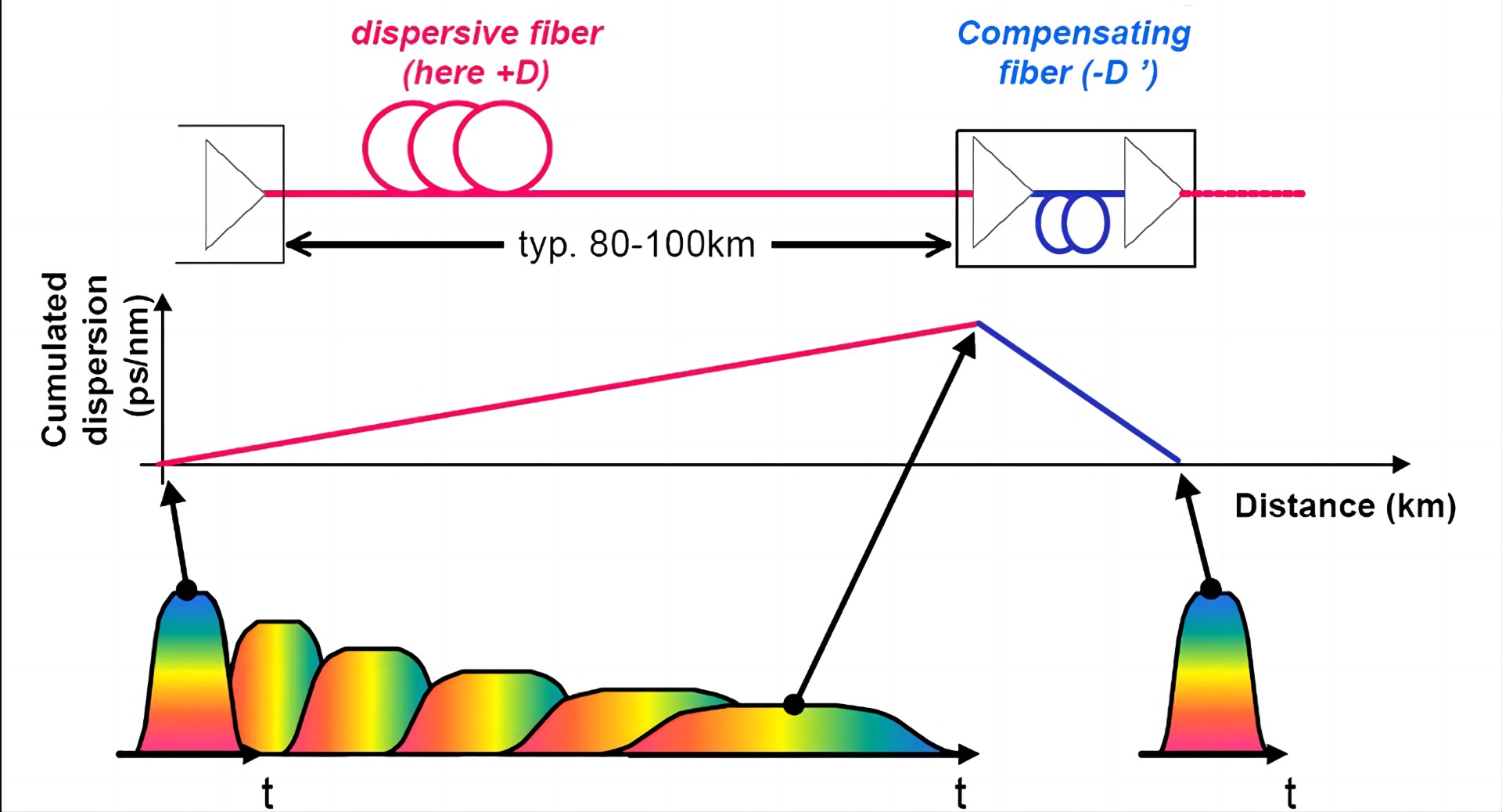
Additional Features
Additional features for optical fiber identifiers include an indication light activated by signal transmission, low-battery indicators, a self-testing option, a fiber optic probe, a carrying case, and interchangeable heads. The interchangeable heads for optical fiber indentifiers can be fitted for jacketed fibers, coated fibers, or ribbon fibers. Although most optical fiber identifiers are battery-operated, some products can be powered by external battery packs or electrical currents.
Our products
There are many fiber identifier products on the market by different manufacturers such as Fitel, Wilcom, Fluke Networks, etc. But Thefo’s TFI-45 is one of the best fiber identifiers.

The TFI-45 is a lightweight, hand-held tool which identifies optical fibers by detecting the optical signals passing through the fiber.
This product comes with below functions:
1.Fiber identifier Build in OPM, LED and VFL function

2.Optical power meter 1310/1550 nm -70~+6dbm wavelength from 800-1700nm VFL 5-8KM
Fiber identifier suitable for 0.25/0.9/2.0/3.0mm fibers.
3.Lightweight design and LED color screen.,outline size 219*45*28mm,weight 235g.

4.Indicate the signal directions and power in fiber,displays the relative core power. Can detect optical signals in the tone signal fixed load, detection frenquency range from CW/270/1K/2K HZ,to identify a specific optical fiber, quickly find the necessary fiber.

5.Lifetime Friendly Customer Service,if have any problem,pls contact us, we always stand by 24/7 online.

